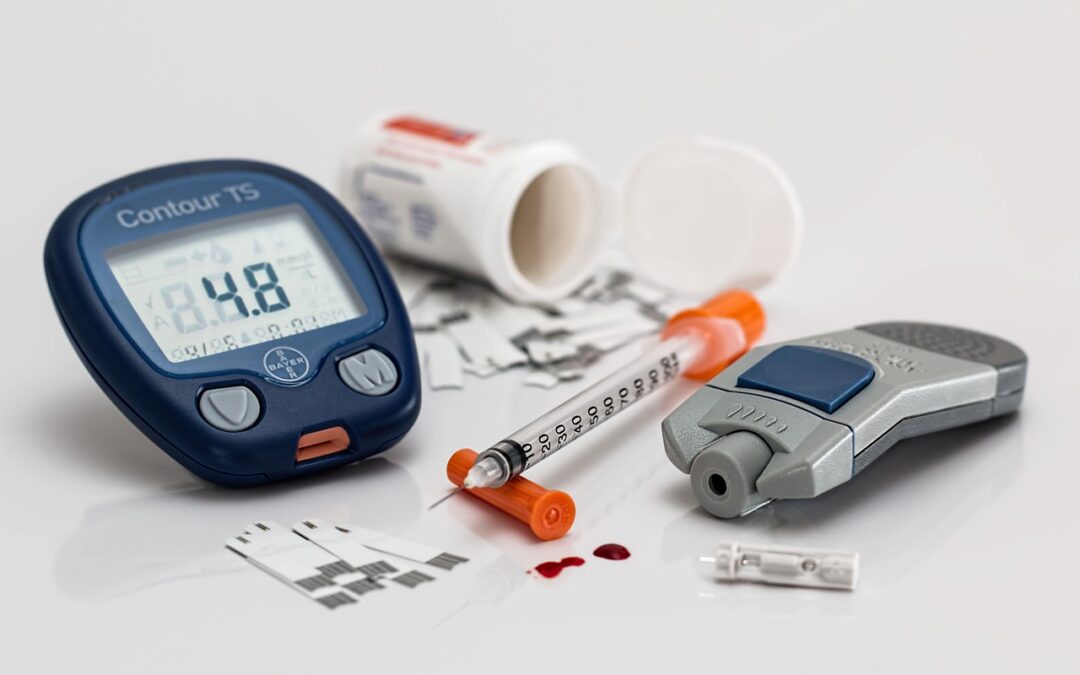Our world we live in seems to be on a wild ride into the diabetic world. There is little doubt that diabetes is growing around the world. It’s not only a problem in developed countries but also increasing in developing countries. So what is the problem, why are we suddenly seeing diabetes becoming the problem it is? The answer is it’s good for profits. In this article, Blood sugar and insulin resistance, we’ll review what is the starting point for diabetes and why it affects you.
Let’s begin with the food we eat. We have all seen the standard food chart. It was initiated by the United States Department of Agriculture (USDA). But it’s not the USDA’s purpose to evaluate food as much as it was to promote farmers selling their crops. And what are those products, corn, wheat, soy, and the list goes on for a bit. With all of this food coming in from the fields, manufacturing grain-based products for a profit became an easy gig. Manufacturers could fill store shelves with all sorts of tasty treats. Of course, you have to make it taste good so in goes the sugar.
Now we are starting to get to the root of the problem, the food we eat. As a kid growing up in the late 50s and 60s, I remember going shopping with my mother. The food she bought, especially for dinner, was fresh-cut meats, veggies, and potatoes. There were few processed foods for dinner. None of my family was over wait. When we finished eating we were full.
Back to the 80s
Then enter the 80s. Life was getting faster, kids needed to be a practice or after-school events. Time was becoming an issue. It was becoming easier to open packages and cook up a fast dinner. We never looked at the package ingredients. All those chemical names, who paid attention to them? Sugar and salt were added to enhance the taste. A friend of mine worked for a company that produced these products. A favor saying was better living through chemistry. We laughed at the saying, yet never realized the health impact on our systems. Remember those lunch snacks, we said they had a shelf life of years.
Companies made tremendous profits from making food that made use coming back for more. You just could stop eating them. What we didn’t know or want to understand was what it was doing to our bodies. The food we ate wasn’t lined up with what our bodies needed. Our bodies’ chemistry was and is still being thrown off. We had the right name for it, we called it “junk food”.
So what is the problem? The average joe on the street is eating more carbohydrates than they need. We get a fast rise in blood sugar, also known as blood glucose, but crash in a short period of time. If we keep eating carbs we go through the cycle of creating more blood sugar and the crash a short time later. This is where we start to see the problem of insulin resistance. If you remember the movie, “Wall-E” there was the little robot that swept the dirt off the floors. When Well-E would go by and leave a trail of dirt the little robot would come to life and clean up the mess.
Our bodies work in a similar manner. You eat carbs and your blood sugar rises. Your pancreas releases insulin, the little robot, to open up cells to take in the blood sugar. Blood sugar levels return to normal and your insulin levels drop. No need to clean up. This is where fats can come into play. Fat does not trigger an insulin response like carbs. Digesting fats provides a feeling of fullness. You stop eating and don’t have the desire to eat, It takes longer for fat to be digested.
Fat vs blood sugar
Since fat doesn’t trigger an insulin response you don’t have insulin in your blood as carbs call for. This is the challenge of carbs, they give a quick shot of blood sugar, the pancreas releases insulin, and your blood sugar drops. Your blood sugar drops quickly and you’re hungry again. This is why kids bounce off the wall after eating food with lots of sugar. Then the sugar crash. It is this cycle of high then low blood sugar and the insulin rush that over time causes stress on the body’s systems. Think of it like driving a car. Would you rather step on the gas and then let off, or maintain a steady speed going down the road?
With the constant presence of carbs in our diets. Insulin is released into the blood to manage your blood sugar levels. Insulin starts to become a bad taste to your cells. The cells start to become resistant to insulin. Cells have enough blood sugar, they don’t want more. Blood sugar isn’t being taken in by the cells. So the pancreas says more insulin. Your pancreas is working harder to great more insulin. The constant insulin in the blood begins to affect the rest of your body’s systems.
Related diseases
Research has shown that blood sugar and insulin are key factors in these diseases:
- Hypertension
- Cardiovascular disease and strokes
- Alzheimer’s disease
- Cancer
- Chronic pain and autoimmune disorders
- Depression and anxiety
- Weight gain
- Fatty organs
- Gas and bloating
- Fatigue or insomnia
- Immune system function
- Hormonal problems
It can be reversed
It doesn’t happen overnight. It is a long time coming process. The sooner you begin to manage the number of carbs you eat the less chance of long-term damage to your body’s systems. Type 2 diabetes is the most common form of diabetes in the world. It’s a process that can be reversed. We need to move away from high carbs foods and processed foods. Sugar is the white crystal we need to move away from. Returning to the unprocessed foods we were eating 40 – 50 years ago will go a long way to managing our blood sugar. As the saying goes “You are what you eat.”
We hope you found this article helpful and that you will join our Facebook group, https://www.facebook.com/groups/dancingwithdiabetes, and check out our other blog articles.
Read more: Smart Blood Sugar










